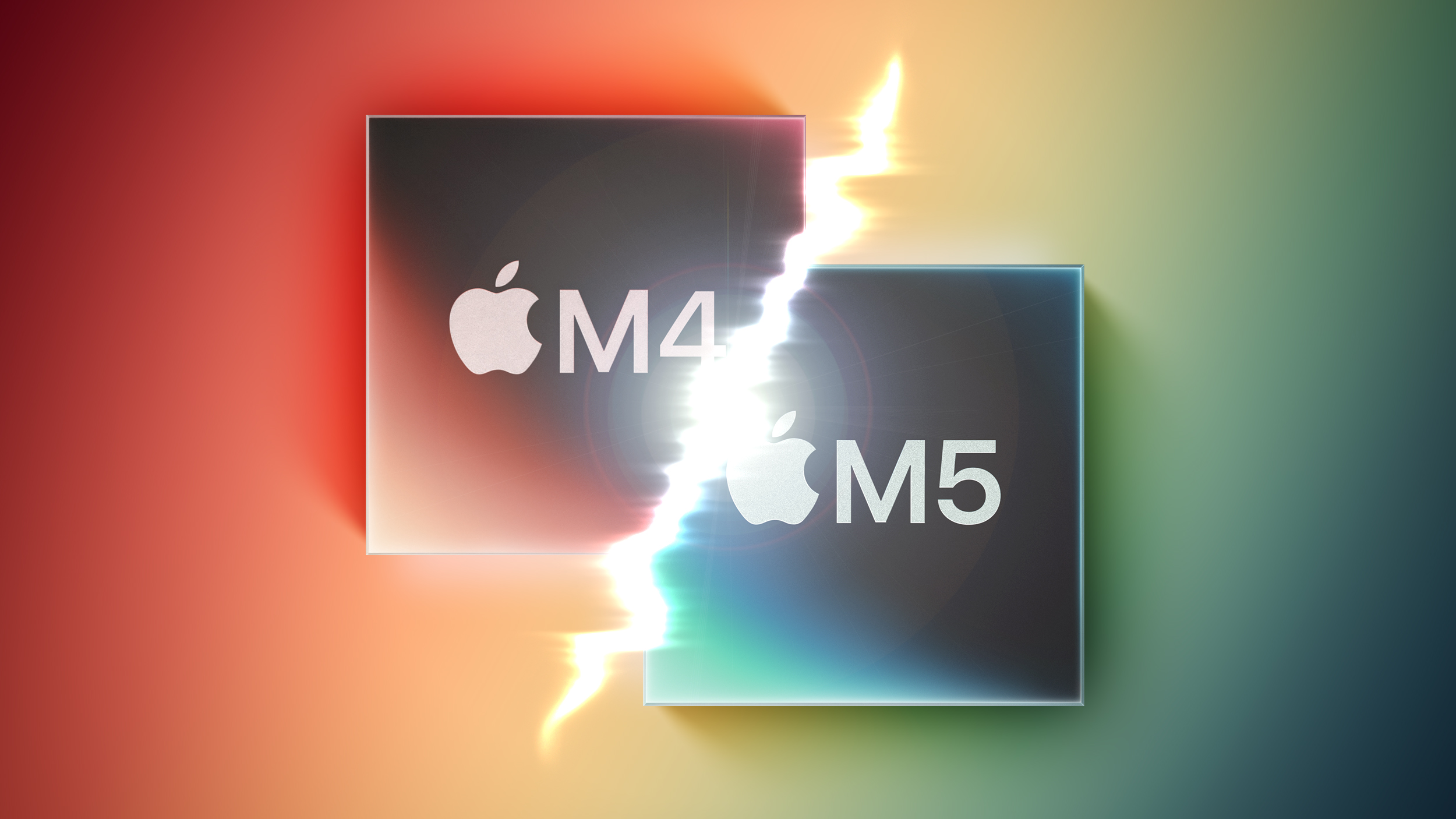
Compared to the M4 chip that Apple launched in May 2024, the M5 delivers:
- Up to 15% faster multithreaded CPU performance
- Up to 30% faster overall graphics performance
- Up to 45% faster ray tracing performance
- 27.5% higher unified memory bandwidth
In addition to general performance claims, Apple published a set of specific real-world workload results showing measurable gains in AI-driven applications:
- 4×+ peak GPU compute performance for AI
- 3.6× faster time to first token (LLM)
- 1.8× faster Topaz Video Enhance AI processing
- 1.7× faster Blender ray-traced rendering
- 2.9× faster AI speech enhancement in Premiere Pro
With the M5, Apple is heavily emphasizing an AI-centric design. The company says the new GPU architecture includes a dedicated Neural Accelerator within every GPU core, and that the chip delivers more than six times the peak GPU compute performance for AI compared to the M1. Apple also cites improvements to the Neural Engine, memory bandwidth, and developer-facing APIs to support on-device AI models. Other hardware changes compared to the M4 include:
| M4 Chip | M5 Chip |
|---|---|
| Made with TSMC’s second-generation 3nm process (N3E) | Made TSMC’s third-generation 3nm process (N3P) |
| No integrated Neural Accelerators | Integrated Neural Accelerator in every GPU core |
| Metal 3 developer APIs | Metal 4 developer APIs with Tensor APIs to program GPU Neural Accelerators |
| Second-generation ray tracing engine | Third-generation ray tracing engine |
| First-generation dynamic caching | Second-generation dynamic caching |
| Shader cores | Enhanced shader cores |
| 120 GB/s unified memory bandwidth | 153 GB/s unified memory bandwidth |
| Support for up to 2TB storage | Support for up to 4TB storage |
For users whose workloads include on-device AI inference, complex 3D rendering, or other GPU-bound or memory-intensive tasks, the jump from M4 to M5 is material. The combination of per-core Neural Accelerators, higher memory bandwidth, and new GPU architecture produces multi-fold speed-ups in certain AI operations. In environments where time-to-result directly affects workflow, such as local LLMs, diffusion models, video enhancement, or ray-traced production or gaming, the M5 represents a meaningful step-change rather than a minor iteration.
By contrast, for typical day-to-day usage, browsing, office work, media playback, basic editing, and general responsiveness, the difference is unlikely to be perceptible. The M4 was already a high-performance chip that routinely exceeded the demands of normal Mac and iPad workloads, leaving little visible headroom to exploit with the M5. In non-specialist scenarios, devices equipped with the M4 remain effectively indistinguishable in experience from those running with an M5.
As a result, average users should not be dissuaded from buying or keeping an M4 machine. That being said, if you plan to keep your device for many years, M5 devices will be more future-proof and better equipped to handle increasingly popular AI-based utilities.
The M5 chip is currently available only in the 14-inch MacBook Pro, the latest iPad Pro, and the Apple Vision Pro. Higher-end M5 Pro and M5 Max variants are expected to follow in future Mac models.
This article, “M4 vs. M5 Chip Buyer’s Guide: How Much Better Really Is M5?” first appeared on MacRumors.com
Discuss this article in our forums